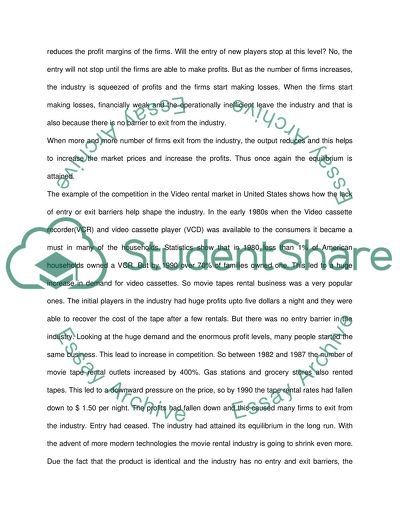Cite this document
(Entry and Exit in Determining the Evolution of Industry Structure Assignment, n.d.)
Entry and Exit in Determining the Evolution of Industry Structure Assignment. Retrieved from https://studentshare.org/marketing/1530531-economic-of-industry
Entry and Exit in Determining the Evolution of Industry Structure Assignment. Retrieved from https://studentshare.org/marketing/1530531-economic-of-industry
(Entry and Exit in Determining the Evolution of Industry Structure Assignment)
Entry and Exit in Determining the Evolution of Industry Structure Assignment. https://studentshare.org/marketing/1530531-economic-of-industry.
Entry and Exit in Determining the Evolution of Industry Structure Assignment. https://studentshare.org/marketing/1530531-economic-of-industry.
“Entry and Exit in Determining the Evolution of Industry Structure Assignment”, n.d. https://studentshare.org/marketing/1530531-economic-of-industry.


